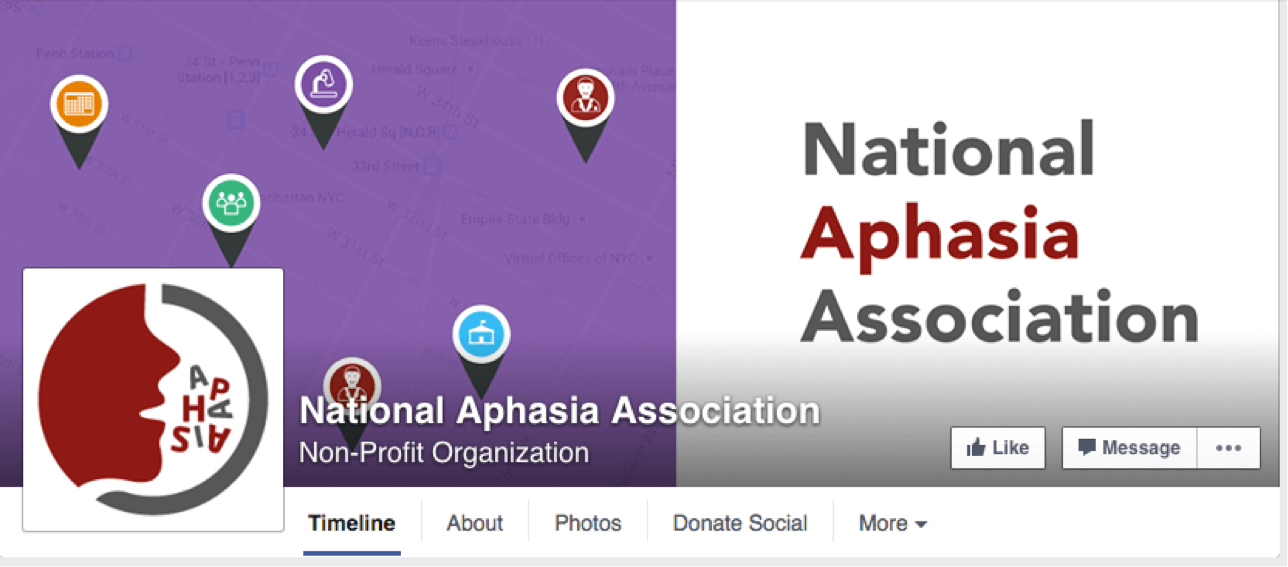Ah, social media. So easy to use, but so hard to use well. If your organization is active on social media, you may be doing some things that aren’t helping your mission (and may be bugging your followers). Here are some common social missteps and tips on how to avoid them.
1. Sharing content without adding any thoughts of your own
You know what we’re talking about—when organizations share (or retweet) articles and resources without adding any thoughts, comments, or value of their own to it. When you share an article or resource without adding to it, your audience is missing out on what your organization thinks about the content.
Tip: Add value to these posts by connecting them to your mission, work, or audience. This tweet from Greater Than Aids is a great example of tying an outside article back to your mission:

2. Not engaging with your audience
Social media is a great way to share your organization’s mission and work, but it’s also an invaluable way to engage and communicate directly with your audience. So if you’re all about that self-promo but aren’t responding to questions or congratulating others on achievements, you’re missing a major piece of the social puzzle.
3. Like-baiting
Of course your organization wants to boost social engagement, but asking people directly to ‘like’ your posts isn’t the best way to go about it (and Facebook Edgerank doesn’t like it too much, either). Instead, organically boost engagement on posts by providing incentive to interact.
Tip: Try posting an open-ended question that users can respond so you can create a conversation around a topic relevant to your organization. Initiatives like this will likely work better (and better support your mission) than an animal rights organization posting a picture of a dog and saying “Like if you love puppies!” (puppies are great for social media, though). Here’s an example from National Stroke Association:

4. Asking without giving
You can ask for donations on social, but that’s not all you should do. If you’re repeatedly asking for donations without offering your audience any value or using a campaign to back it up, you’re making a dire social media mistake. Digital fundraising starts with building an audience first, and then nurturing new users towards committed action.
Tip: Tie your asks for donations to content or value that you provide to your audience or embed them within a strategic campaign.
5. Sounding like a robot
We can’t stress this enough: be human. Social media lets brands and organizations break down that wall and get personal with their audience. Being human on social will let your organization connect with your audience in a much stronger way. A great example of being human on social is Power Poetry, who share funny images and memes to help connect with their young social following:

6. Using 2 Mch twtr lingo & #hashtags
280 characters isn’t a lot, but that’s the point. Not only are over-abbreviated Tweets difficult to read, but they can also hurt how professional your organization looks. And while hashtags can be great for traffic, sometimes less is more.
Tip: Use Twitter as an exercise in conciseness and save longer captions for Facebook. As for hashtags, we say a max of 3 per Tweet keeps your posts from looking crowded and spammy #awesome #nofilter #sorrynotsorry
10 things #nonprofits get wrong on social media and tips on how to fix them: Share on X
7. Over-posting
This one’s simple. Your audience wants to hear from you and they want updates on what you’re up to, but don’t overdo it.
Tip: Check out our social media guide for info on exactly how often you should be posting (and, as always, look at your data to see what frequency works best for you!)
8. Using bad photos
Take time to make sure you’re putting quality photos. Don’t make your organization’s horizontal logo your profile picture on Facebook, and don’t stretch it to grainy oblivion to make it your Facebook cover photo either. This goes without saying, but your profile photo is one of the main ways that your audience identifies your posts on a platform, so you don’t want to make the rookie social media mistake of using a bad pic.
Tip: Paying attention to the dimensions of your photos will help make your page look a whole lot cleaner (you can reference these dimension cheat-sheets for Facebook and Twitter to make sure you’re up to par). Check out how National Aphasia Association uses different versions of their logo and branded images to better fit Facebook’s profile and cover image blocks.

9. Automating everything
Automated direct messages on Twitter, automated “thanks for the follow” Tweets, automated follower count Tweets…ditch ‘em all. Those auto-updates make your feed seem impersonal and don’t offer much value to your followers. This also applies to linked Facebook and Twitter accounts that auto-post all of your Facebook updates to Twitter. These auto-posts can sometimes look wonky and they force Twitter users to click back to Facebook if they want to click on the link to the content. Not fun. Speaking of linked accounts…
10. Posting the same message on all social platforms
Avoid this common social media mistake. Every platform is different, so you shouldn’t be blasting the same message on every social media channel. Your Twitter audience responds and interacts with content differently than your Facebook audience (not to mention their post length capacity varies tremendously).
Tip: Unlink your accounts and take the time to craft messages specifically for each channel (social media management tools like Sprout Social and Hootsuite make it really easy to schedule this stuff out).
Know of any more common social media mistakes nonprofits should avoid? Tweet your tips at us!

